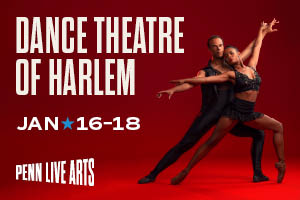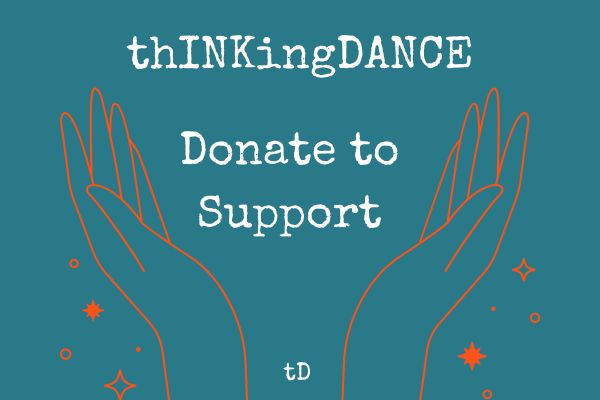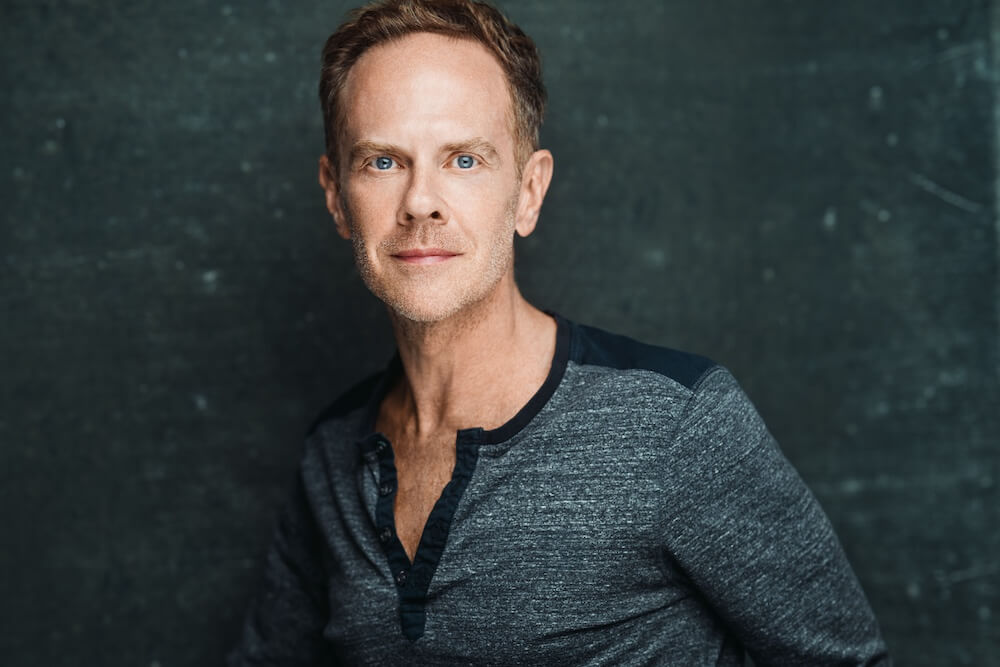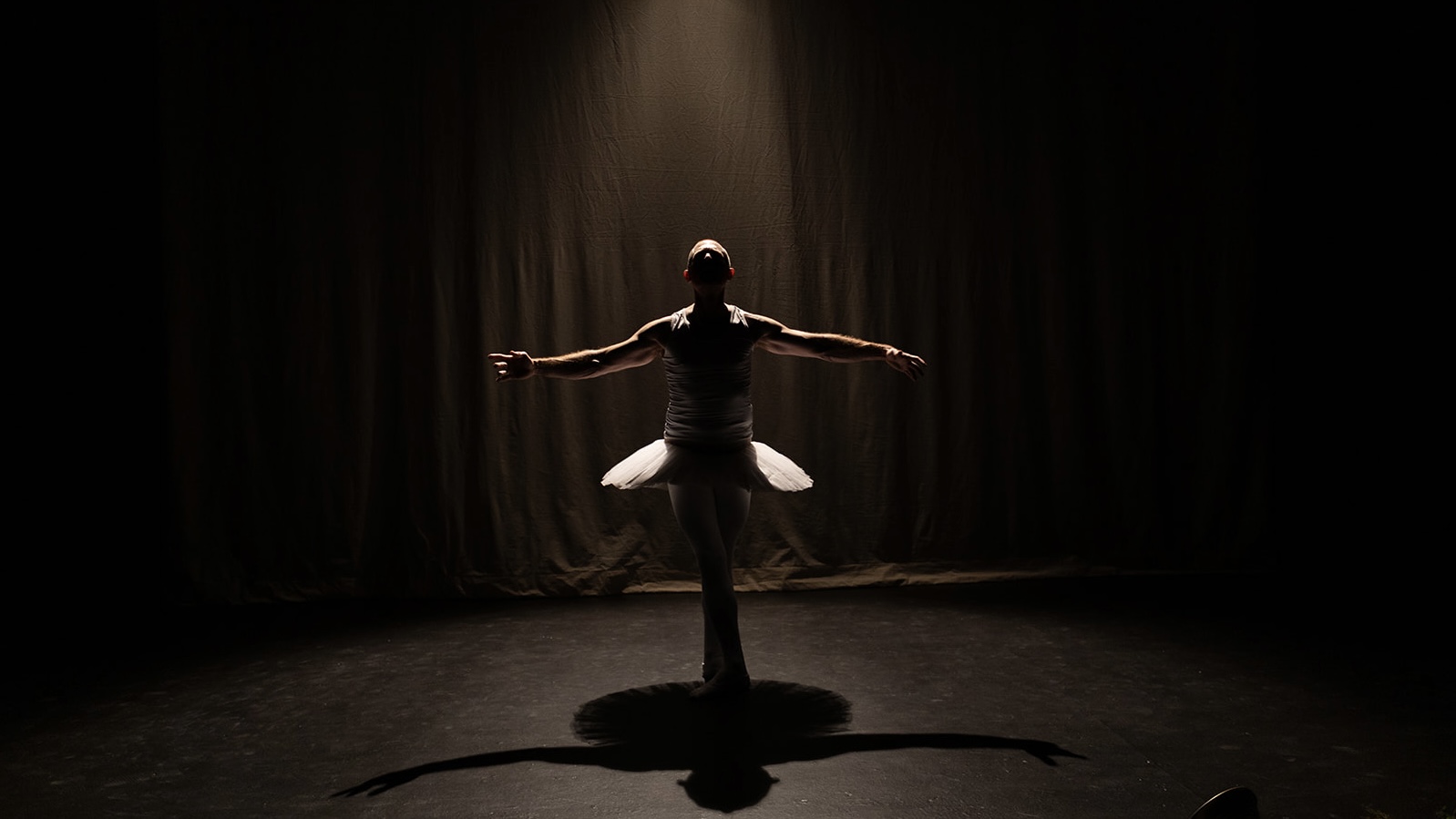Mohammed (Barges) Smahneh is a bit of a shape-shifter. I first saw the Nablus-based dancer perform last year in New York in Yaa Samar! Dance Theatre’s Last Ward, portraying various human, mechanical, and ethereal figures with a distinctive blend of rhythmic isolations and sinewy flow. With beginnings in folkloric and street styles, Smahneh has since expanded into contemporary dance, theater—and a bit of puppetry—for an international career that spans genres and cultures. I spoke to Smahneh via Zoom about his dance trajectory so far, and what’s next.
This interview has been edited for length and clarity.
Nadia Khayrallah: When did you first get started dancing?
Mohammed Smahneh: I started when I was 12 years old with Dabke [a folk dance traditional to the Levant region]. Dabke for me is about rhythm, flow, group work and communication. I find myself integrating all these aspects in my work as a dancer today.
NK: What initially drew you to Hip Hop?
MS: I was following my big brother. He got into Hip Hop in the streets of Amman (before my family moved to Palestine) and became one of the first Hip Hop dancers in our region. I was always looking at him as my idol. I asked him if he could teach me, because I had this kind of energy, flow, and frame from Dabke. In Palestine, he gathered a group of kids and taught us different movements and styles.
NK: So it sounds like the Hip Hop scene in Palestine was pretty new at the time. How did it develop from there?
MS: In 2006 and 2007 the American consulate here in Palestine brought two b-boy groups from New York—Ground Zero and HaviKoro—to teach workshops. After that we started the scene here in Palestine—Nablus, actually—and took it more seriously. We used videos to self-train and social media to talk to dancers from outside of Palestine, to ask them about technique and exercises.
We also used to have a group that mixed Dabke with Hip Hop and breakdance. We would perform in weddings and parties, and that made Hip Hop more familiar in our society.
NK: How did you first get involved in contemporary dance?
MS: My first experience in contemporary dance was in 2008 with an Italian company called Botega. They came to Ramallah looking for Hip Hop dancers to participate in a new creation in Rome, so it was my first chance to use my street language in contemporary dance.
NK: What aspects of your movement background translated well into this new context, and what was most challenging?
MS: The rhythm of Dabke and Hip Hop beats helped me challenge myself improvising in contemporary dance, and the diversity of different street styles helped me create my own movement style.
The challenge for me was to find a new way to communicate and exchange with the other dancers, who were at a higher level. I started learning how to perform on stage in a different way than in the street. The physicality and flexibility needed was also different.
NK: So at that point you were also starting to work outside the country. What other international projects have you been involved with?
MS: I worked for four years on Badke, a co-production between Belgian companies KVS, les ballets C de la B and the A.M. Qattan Foundation in Ramallah, based on Dabke, Hip Hop, and contemporary dance. I also worked with Belgian choreographers Koen Augustin and Rosalba Torres Guerrero on a production called (B), which was a special experience with boxers and the boxing world. I met Samar Haddad King in 2011 and became a lead performer and educator with Yaa Samar! Dance Theatre, which mixes dance with theatrical aspects and social and educational work, working in Palestine, France, Germany, Belgium, the US, and on film.*
NK: What (if anything) has surprised you about the dance scenes you’ve experienced in other countries?
MS: I was fascinated by the level of the street dancers in Paris and New York. I also had an experience in the Congo doing a dance exchange with local folk dancers, and was impressed by the ways they use their bodies, flexibility, and energy.
NK: Any other work you’d like to mention?
MS: I worked last August-November in New York on the project The Walk with Little Amal, an art event featuring a 12 foot puppet representing a Syrian refugee child, traveling across the world. I became a puppeteer in that moment, which was a completely new challenge.
NK: I saw the Amal puppet and was really taken by how expressive her facial and body movements could be. What was it like learning to do that on the inside?
MS: I had to learn first how to work on the stilts, and then how to have full control of Amal’s body. The third part was the motion: the face parts, the body parts, the breathing. And in the end it was about telling a story. You can transfer all the emotion from your body to her body and let the public see the picture from outside.
Each puppeteer gives the puppet a different shape, and some of the public was saying they could tell that I was a dancer, or that Amal’s movements became a dance.
NK: Was it difficult navigating the crowds?
MS: It wasn’t a difficulty so much as a curiosity to know what they’re thinking about, what they’re going to tell and offer you. Onstage there’s a distance between you and the public, but in any street performance you’re free with the public to tell a story and to receive.
NK: What are your hopes for your future as an artist?
MS: My dream is to create my own language mixing Dabke, Hip Hop, and contemporary dance, create my own work, perform in different countries, teach, and expand my knowledge to other dancers around the world.
*Smahneh helped create and perform a solo within the Yaa Samar! film 3×13, at a site in the area between Nablus and East Jerusalem. The film was reviewed in tD by Jonathan Stein.






